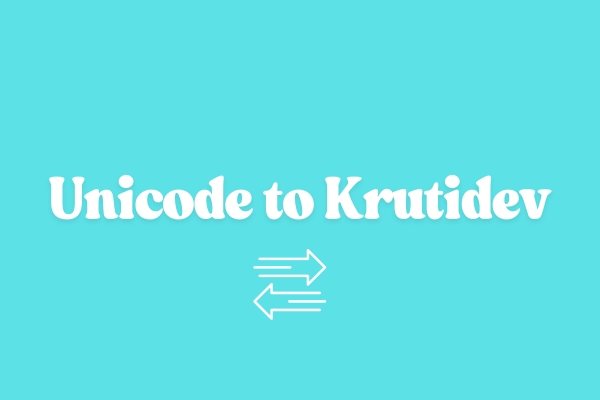Why Convert to Kruti Dev?
Understand the need for converting between Unicode and legacy font encodings.

Bridging the Font Gap
While Unicode is the modern standard for Devanagari text, many legacy systems, DTP software (like PageMaker, CorelDraw), and older documents still rely on Kruti Dev or similar non-Unicode fonts.
Our converter helps you bridge this gap by providing an accurate transformation, ensuring your text displays correctly in environments requiring Kruti Dev.
- Work with older design files.
- Ensure compatibility with specific printing presses.
- Convert text for legacy software.